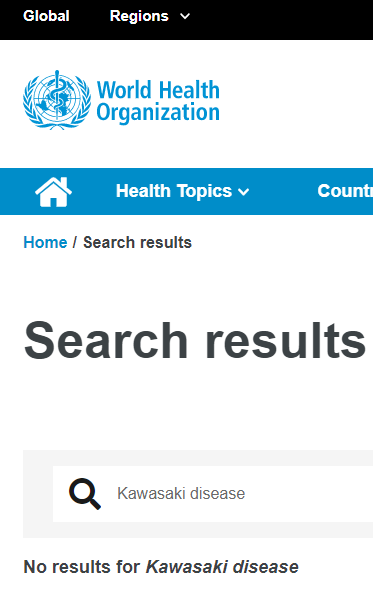
Also known as Kawasaki syndrome, is a rare condition that primarily affects children under the age of five. It was first described by Dr. Tomisaku Kawasaki in Japan in 1967 and has since been recognized as a leading cause of acquired heart disease in children in developed countries.
Causes
The exact cause of Kawasaki Disease is unknown, but it is believed to be triggered by an immune system response to an infection or environmental toxin.
Symptoms
The symptoms can be severe and can affect many parts of the body. The most common symptoms include a high fever lasting more than five days, redness and swelling of the eyes, lips, tongue, and mucous membranes, a rash on the trunk and genital area, and swollen lymph nodes in the neck.
Diagnosis
Kawasaki Disease can be difficult to diagnose, as there is no specific test for the condition. Diagnosis is typically based on a combination of symptoms and physical exam findings, as well as ruling out other conditions that can cause similar symptoms.
Treatment
Treatment typically involves a combination of medications to reduce inflammation and prevent complications. The most common medications used include high-dose aspirin and intravenous immunoglobulin. IVIG is a type of medication that contains antibodies that can help to reduce inflammation and prevent damage to the heart.
In some cases, children with Kawasaki Disease may develop complications that require additional treatment. These can include inflammation of the heart muscle, abnormal heart rhythms, and the development of aneurysms in the blood vessels of the heart. Children who develop these complications may require additional medications, monitoring, and follow-up care.
In conclusion, Kawasaki Disease is a rare condition that primarily affects children under the age of five. It is believed to be caused by an immune system response to an infection or environmental toxin. The most common symptoms include a high fever lasting more than five days, redness and swelling of the eyes, lips, tongue, and mucous membranes, a rash on the trunk and genital area, and swollen lymph nodes in the neck.

You must be logged in to post a comment.